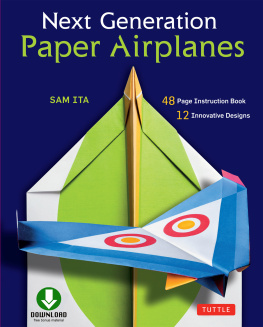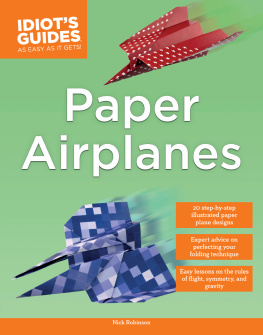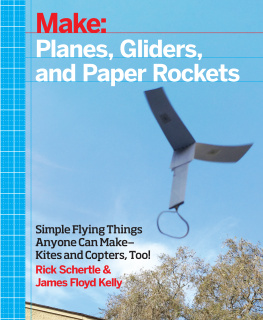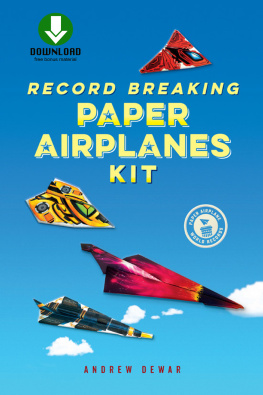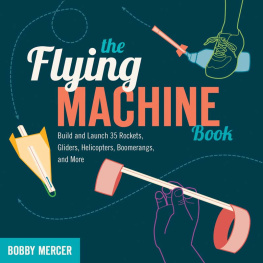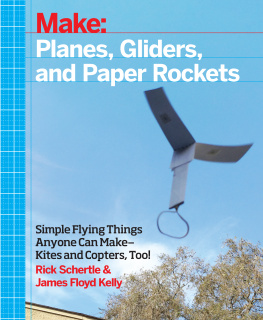

Copyright 2012 by The McGraw-Hill Companies. All rights reserved. Except as permitted under the United States Copyright Act of 1976, no part of this publication may be reproduced or distributed in any form or by any means, or stored in a database or retrieval system, without the prior written permission of the publisher.
ISBN: 978-0-07-179056-7
MHID: 0-07-179056-X
The material in this eBook also appears in the print version of this title: ISBN: 978-0-07-179055-0, MHID: 0-07-179055-1.
All trademarks are trademarks of their respective owners. Rather than put a trademark symbol after every occurrence of a trademarked name, we use names in an editorial fashion only, and to the benefit of the trademark owner, with no intention of infringement of the trademark. Where such designations appear in this book, they have been printed with initial caps.
McGraw-Hill eBooks are available at special quantity discounts to use as premiums and sales promotions, or for use in corporate training programs. To contact a representative please e-mail us at bulksales@mcgraw-hill.com.
Photo of Emily McHenry on the front cover used by permission.
Photo credits: dogfight video still in Chapter 7 by Slater Harrison; competition diagrams in Chapter 7 by David Aronstein.
Information has been obtained by McGraw-Hill from sources believed to be reliable. However, because of the possibility of human or mechanical error by our sources, McGraw-Hill, or others, McGraw-Hill does not guarantee the accuracy, adequacy, or completeness of any information and is not responsible for any errors or omissions or the results obtained from the use of such information.
TERMS OF USE
This is a copyrighted work and The McGraw-Hill Companies, Inc. (McGraw-Hill) and its licensors reserve all rights in and to the work. Use of this work is subject to these terms. Except as permitted under the Copyright Act of 1976 and the right to store and retrieve one copy of the work, you may not decompile, disassemble, reverse engineer, reproduce, modify, create derivative works based upon, transmit, distribute, disseminate, sell, publish or sublicense the work or any part of it without McGraw-Hills prior consent. You may use the work for your own noncommercial and personal use; any other use of the work is strictly prohibited. Your right to use the work may be terminated if you fail to comply with these terms.
THE WORK IS PROVIDED AS IS. McGRAW-HILL AND ITS LICENSORS MAKE NO GUARANTEES OR WARRANTIES AS TO THE ACCURACY, ADEQUACY OR COMPLETENESS OF OR RESULTS TO BE OBTAINED FROM USING THE WORK, INCLUDING ANY INFORMATION THAT CAN BE ACCESSED THROUGH THE WORK VIA HYPERLINK OR OTHERWISE, AND EXPRESSLY DISCLAIM ANY WARRANTY, EXPRESS OR IMPLIED, INCLUDING BUT NOT LIMITED TO IMPLIED WARRANTIES OF MERCHANTABILITY OR FITNESS FOR A PARTICULAR PURPOSE. McGraw-Hill and its licensors do not warrant or guarantee that the functions contained in the work will meet your requirements or that its operation will be uninterrupted or error free. Neither McGraw-Hill nor its licensors shall be liable to you or anyone else for any inaccuracy, error or omission, regardless of cause, in the work or for any damages resulting therefrom. McGraw-Hill has no responsibility for the content of any information accessed through the work. Under no circumstances shall McGraw-Hill and/or its licensors be liable for any indirect, incidental, special, punitive, consequential or similar damages that result from the use of or inability to use the work, even if any of them has been advised of the possibility of such damages. This limitation of liability shall apply to any claim or cause whatsoever whether such claim or cause arises in contract, tort or otherwise.
To Chris
Contents
About the Author
Philip Rossoni (Belmont, Massachusetts) is a commercial glider pilot who has always been interested in finding ways to share the experience of piloting an aircraft with a wide audience. He has a Masters of Science degree in Physics from Northeastern University and was at Verizon Laboratories for 13 years as a member of the technical staff, designing light bulbs, electronics, and cellular telephone networks. Philip has also flown as a test pilot, evaluating prototype thermal detection devices for Air Borne Research Associates. He volunteers in the Exhibit Hall Interpretation Department at the Museum of Science, Boston, helping museum visitors learn to fly walkalong gliders. You can contact Phil at info@walkalongglider.info.
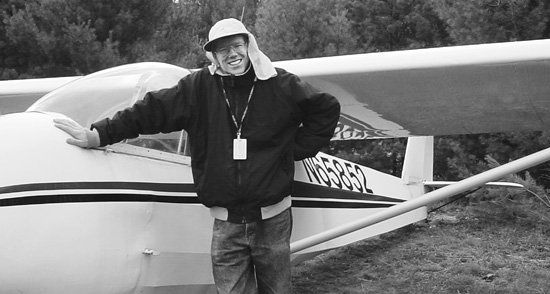
Author Philip Rossoni standing in front of a two-person Schweitzer 2-33 of the Greater Boston Soaring Club at the Sterling Airport (3B3). As a commercial glider pilot, he flew demonstration rides for people interested in joining the glider club.
Foreword
My father, Paul MacCready, often spoke of the value of competition for promoting innovation. Among my brothers and me, one form of this competition was to see who could make the best paper airplane. Another of my fathers favorite topics was efficiency. In the world of paper airplanes, we saw efficiency in the flattest glide angle. Combining these two influences led us down a path of exploring a vast variety of paper airplanes and other flying creations built from foam, balsa, tissue paper, or anything else we could add nose weight to.
Our most prolific building era was in the mid-1970s. Modern hang gliding was just beginning to catch on, and our father procured bamboo poles and plastic sheeting to make a hang glider that could introduce his sons to flying. When we werent launching ourselves off the hills, we were making hang glidershaped paper airplanes.
As hang gliders evolved toward more efficient designs, so did our own creations. We began comparing the efficiency of our designs by gliding them across the living room and seeing how high they would hit the opposite wall. Proceeding without rules, any innovation was fair game. We realized that if the plane flew slowly enough, we had time to run to the far wall and provide a swoosh of air that would make the glider impact a little higher. We did this for a while, wearing ourselves out with a lot of running, until we discovered that we could walk along behind the glider with a board, and, using the same principle as a hang glider or bird soaring on a cliff, we could keep the plane at head height the entire way across the room. Thus was born the walkalong glider.
That was in 1975. The following year, our father began designing a human-powered plane, the Gossamer Condor, and this project gave us access to materials, space, talent, and time, during which we evolved our favorite walkalong glider shape: a swept flying wing with excessive washout (an upward bend of the trailing edge near the wing tip). For us, this design, with its extremely flat glide angle, was the epitome of high performance, and thus it gave us the greatest joy to fly.
In this book, Phil describes several variants on the walkalong glider concept that others have created in subsequent years. Each one highlights a different attribute that has its own appeal, from the grace of the flying wing, to the festive flipping of the tumblewing, to the fascinating but creepy reanimation of the butterfly. Like the Gossamer Condor, these creations are a unique opportunity for a human to power and control an airplane directly. I am sure this book will advance the trajectory of innovation and that more designs will follow.
Next page






